Expanding the tram network
in Rostov-on-Don.
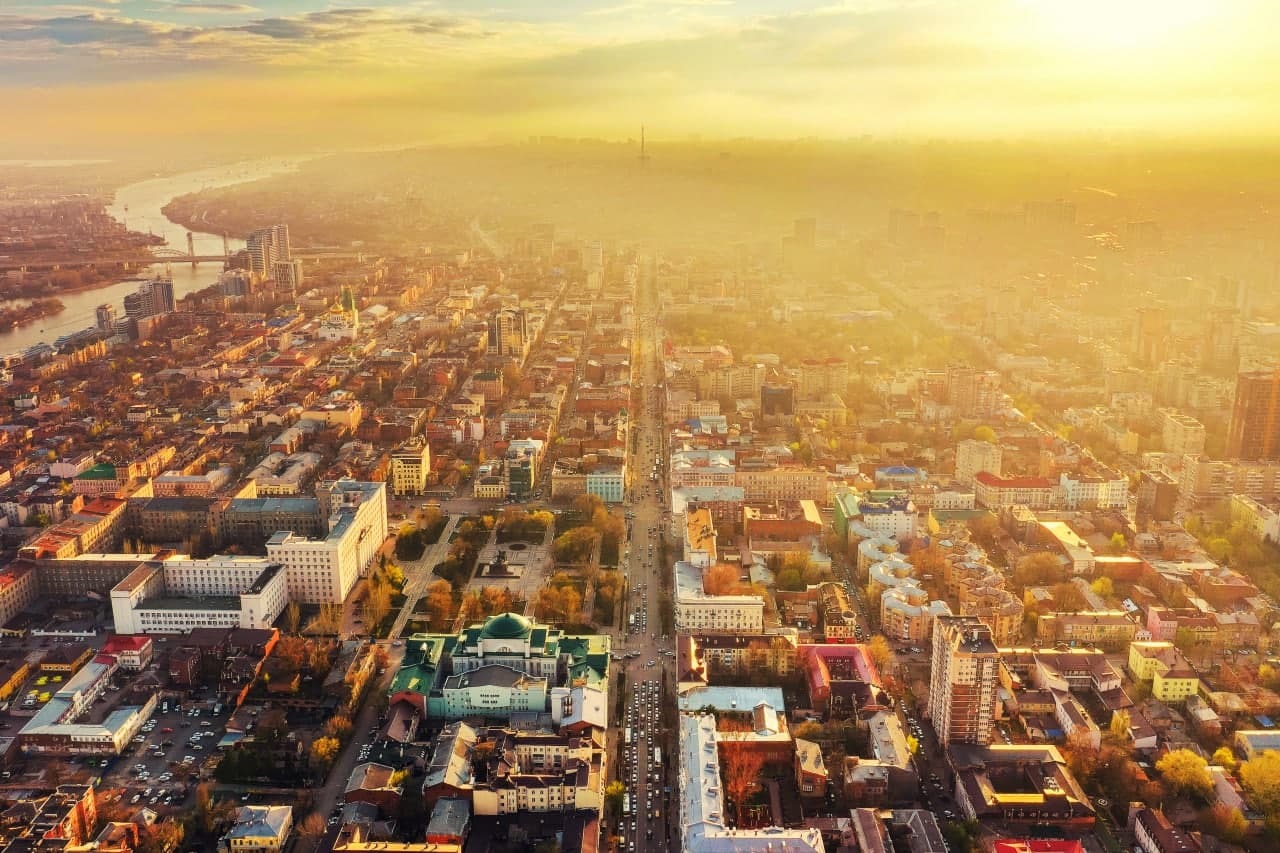
Expanding the tram network in and using it as the main form of public transport.
The effectiveness of the tram, as the main trunk mode of transport, is that when it is separated from the main road traffic, it provides the largest passenger traffic. Movement without loss of time in traffic jams, with full control of time planning spent in transport. This enables citizens, workers, entrepreneurs to do more activity, as it will be possible to calculate the time spent on transport, which will increase the number of transactions. Transactions, both economic activity in terms of consumption and in terms of production, which the number of services provided, this quality and working ability of the population by reducing fatigue in transport.
The expansion of the tram network and the use of light rail transport as the main one. Including this implies the expansion of the infrastructure of both the light light rail and stop complexes as well as around the light rail transport. Also, subject to the formation of light rail transport as the main one, the adjustment of other types of transport is adjusted based on the given priorities. The priority of light rail transport allows the city to move faster, increase the mobility of the city, or in other words, produce a larger number of transactions. The tram system as the main mode of transport, as the transport skeleton of the city, other modes of transport complement the tram and have a lower priority than the tram. At the same time, public transport has priority over road traffic. This priority system allows you to effectively move inside the city.
The obvious advantage of the development of light rail transport as the main one is the presence of already existing tram tracks located along the city center, connecting the center with the western part of the city and having eastward communication to the Nakhchivan and Selmash districts.
Expansion is expected in three phases, each of which has its own sub-phases.
First phase
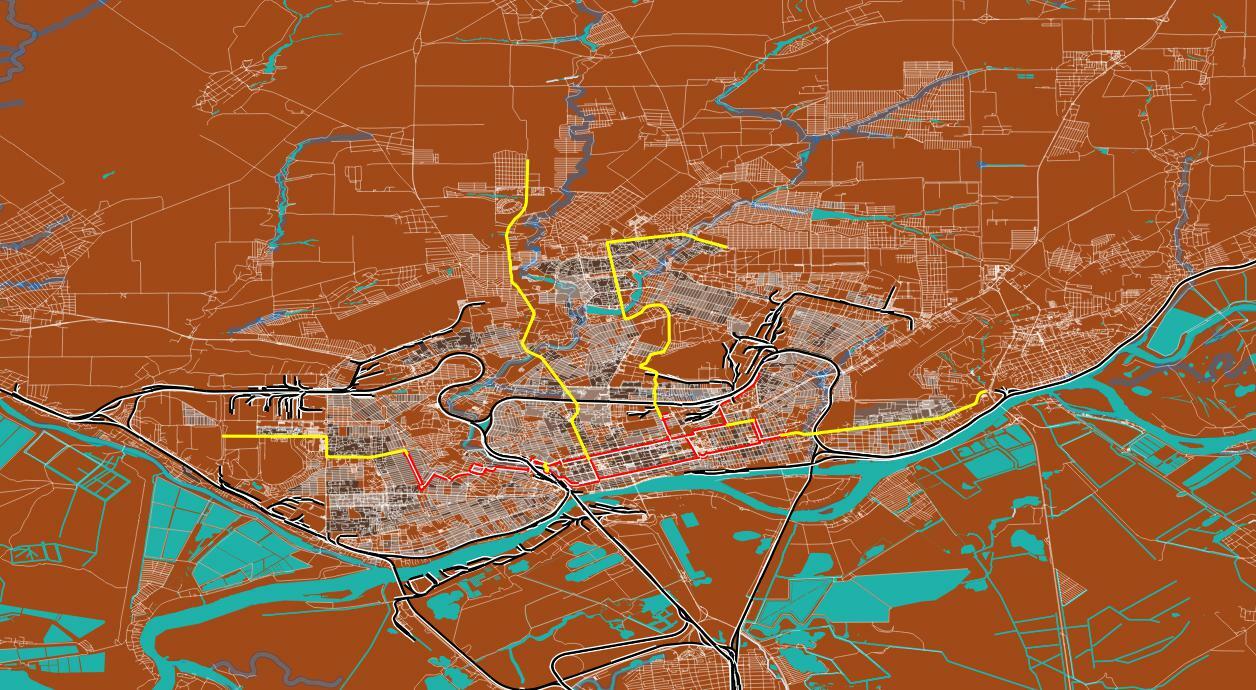
Extension of existing lines.
Step one is the expansion of existing lines, which should cover densely populated areas was built in the last few years. Namely, the Leventsovka district in the western direction, which means the extension of the existing tram route from Chukotskaya Street along 339 Rifle Division Street to Malinovsky Street, along Malinovsky to Eremenko and along Eremenko up to the existing and planned far corner of the new Leventsovka district.
In the northern direction, there is one line from the circus along Budennovsky in the northern direction through Komsomolskaya Square, then along Sheboldaeva and Vavilova streets until the new Suvorovsky district.
The second northern direction is from the intersection of Tekucheva and Krepostnaya streets, through Nansena street along the overpass to Lenina street, then along Novatorov street, bypass from the western side of the helicopter plant, along Izmailovsky lane to SKA stadium, Gukovsky lane, Evdokimova street, Kosmonavtov avenue, Orbitalnaya street, bridge over the ravine to Lelyushenko Street till the aquare next to the Temernik market.
The fourth extension of the line in the first phase in the eastern direction is the extension of the roads along Yerevanskay Street, along the bridge over the railway line, 40 years of victory street up to Aksay.
The existing lines from Gvardeiskaya squares and Siversa street and the final stop near the train station are supposed to be connected.
Second phase
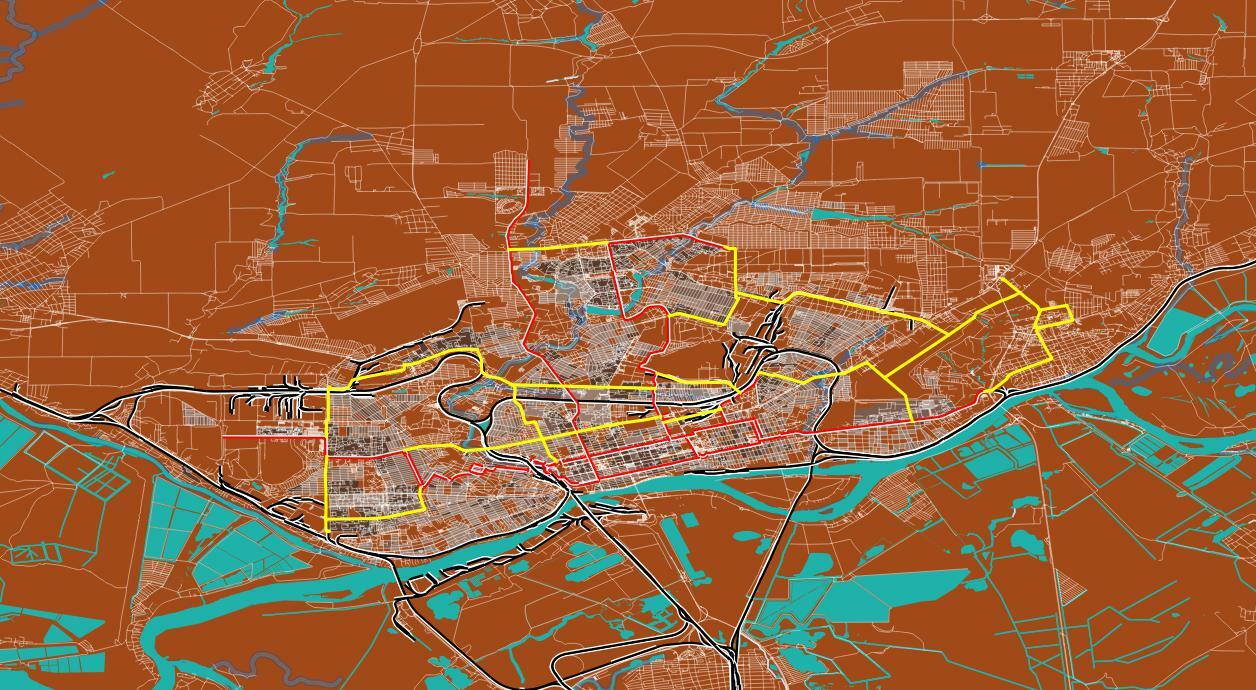
Expansion of tram lines to the city districts and connection of existing lines for greater mutual intersection.
Also, the construction of tram lines in the city of Aksay from the southern entrance under the highway on Otkrytaya street, to the central part of the city through a ravine to the intersection of Lunacharsky and Stanislavsky streets, then along Tolpinsky along Lenina st to the M4 highway (up to the MEGA shopping center).
The construction of lines along Orbitalnaya street, from Vavilova to Lelyushenko, then the extension of this line along the Dneprovsky lane, one branch continues up to Kazakhskaya, then along Furmanovskaya until connecting to the line near the SKA stadium, another branch along Vyatskaya street to Dnepropetrovskaya street further along Maloe Zelenoe street The ring right up to the intersection with Sholokhov Avenue.
In turn, from the MEGA shopping center from Aksay district along Sholokhov Avenue through the new district on the territory of the old airport with the intersection of railway lines along Sholokhov to Prosveshcheniya Street and further along Serzhantov Street to the Selmash train station, where there is a connection to the existing line. In turn, in the new district on the territory of the old airport, the line also connects with the line on the 40 years of victory street.
From the existing line along the street of the 1st Cavalry Army opposite the area of the Strana Sovetov square, the underground line runs under the railway lines and under the square and goes to the surface along Vrubovaya Street to the Selskohozyastvennii lane, where it connects with the line that goes from Tekucheva / Krepostnoy to the north. In turn, the new construction stage continues from this point the line along Lenina Avenue to the zoo, then crosses the Temernik river and the railway line into the Solovinaya grove, crosses the railway line again and reach at the intersection of Taganrogskaya and Oganova streets, along Taganrogskaya till Malinovsky crosses the existing lines and moves in the direction of GPZ-10.
In turn, from Malinovskaya on the 2nd Krasnodarskaya street to Truzhenikov street, along which the line connects through the Truzhenikov square with the lines on Michurin square.
It is also important to consider some connections, in particular the line along Malyugina Street from Krepostny Lane to the 14th line street. The line along Tekucheva from Teatralny Prospect to the Tekuchevsky Bridge, Lesoparkovaya Street and the connection with the lines at the Chukotskaya stop. The second stage line along Gvardeisky Lane from Gvardeiskaya Square to Mechnikov, then along Pavlenko Street to Nansena, under the railway lines till the zoo.
Third phase
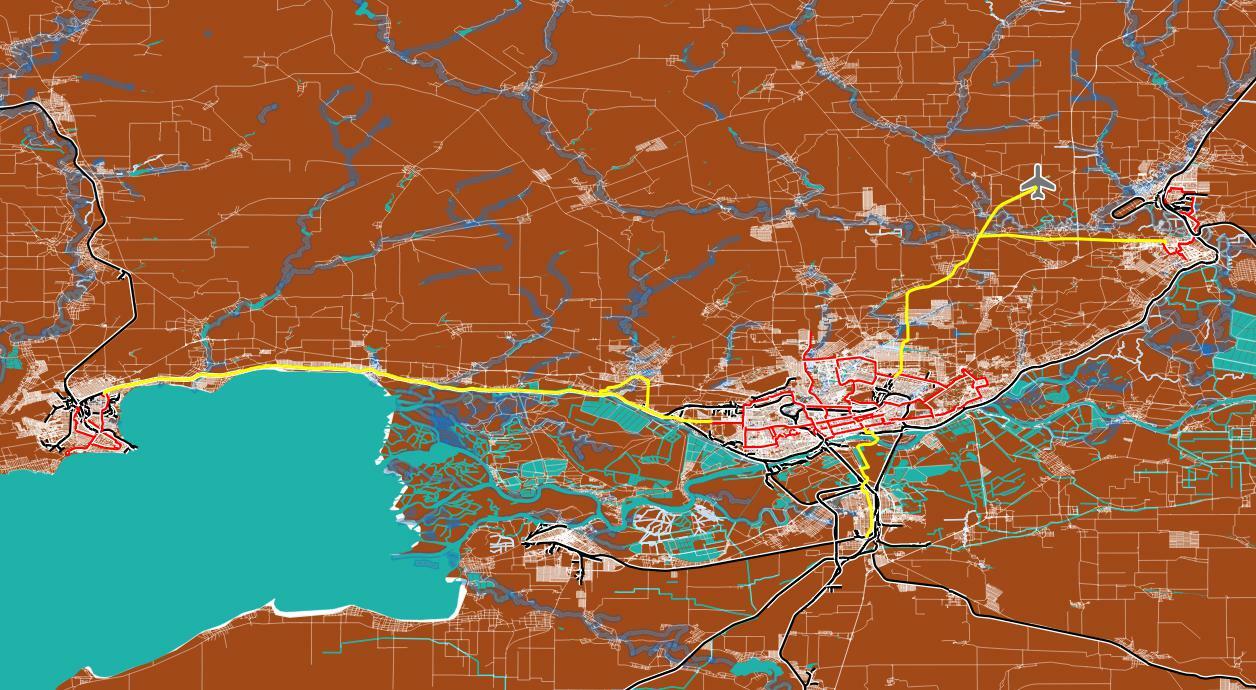
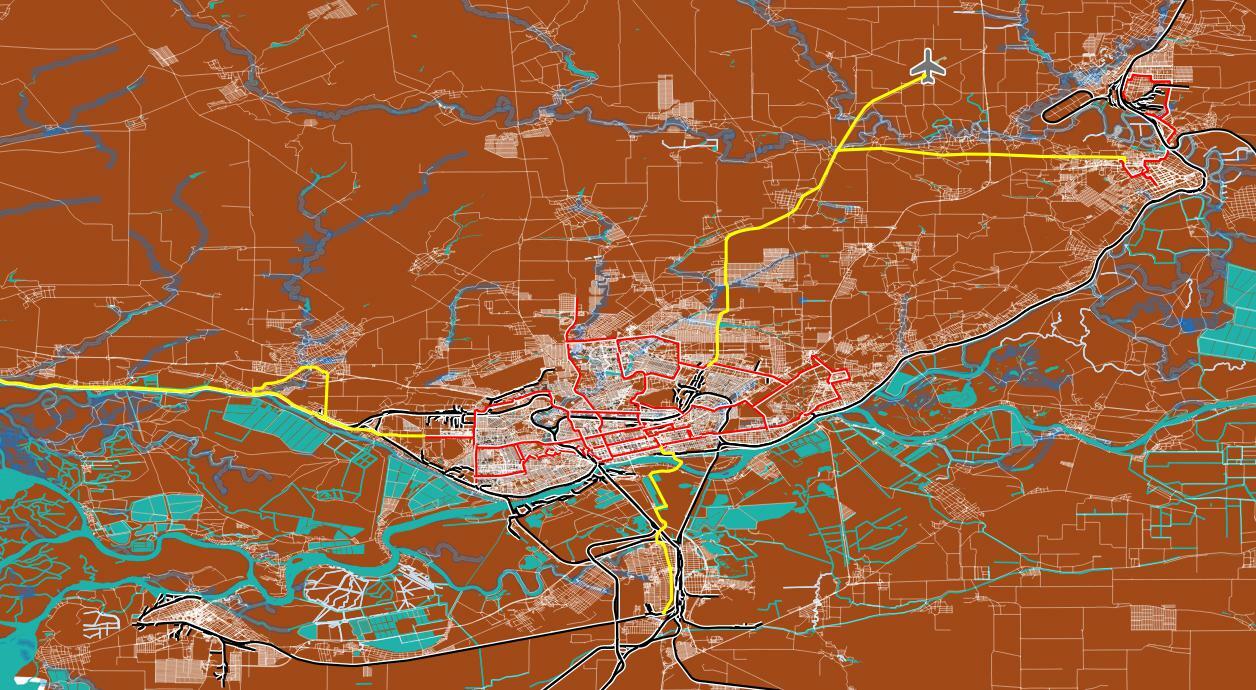
Third phase- It involves the union of Great Rostov into an entire agglomeration.
This stage sets itself the ambitious task of completely updating the existing lines in the cities of Taganrog and Novocherkassk with changing the gauge for the Rostov tram (1435 mm), connecting the cities of Great Rostov with the Aksay, Bataysk, Novocherkassk, Taganrog trams, as well as the Platov airport into a single high-speed rail transport system.
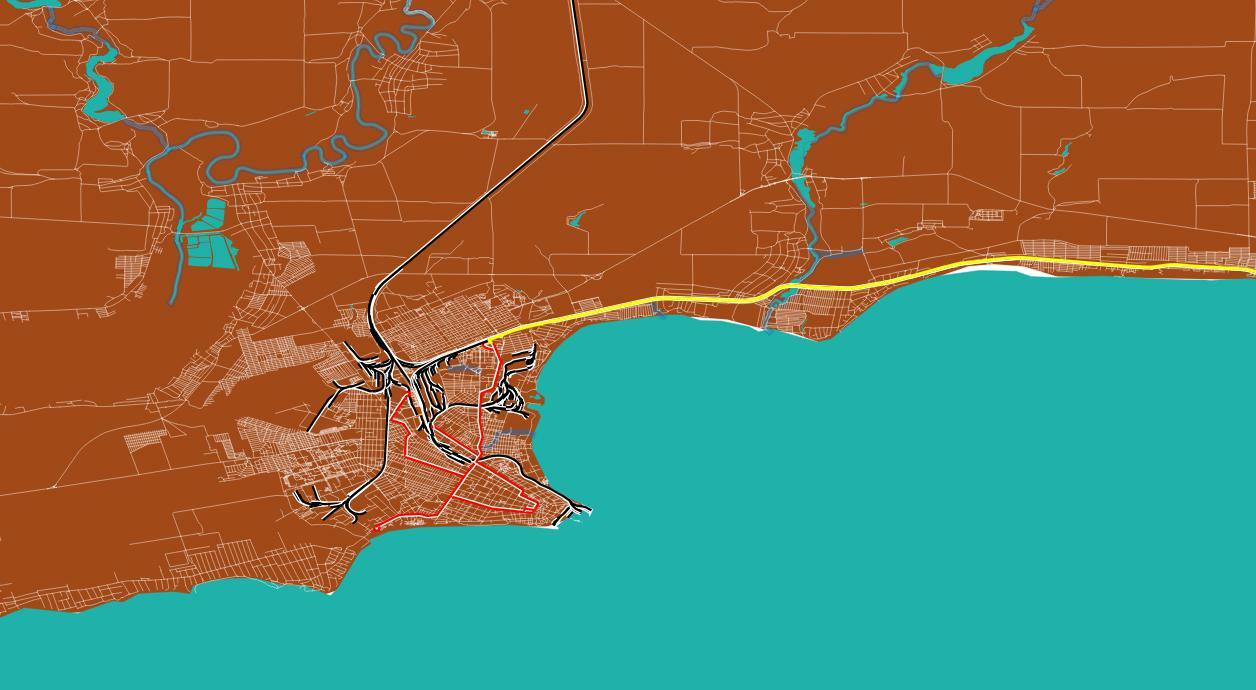
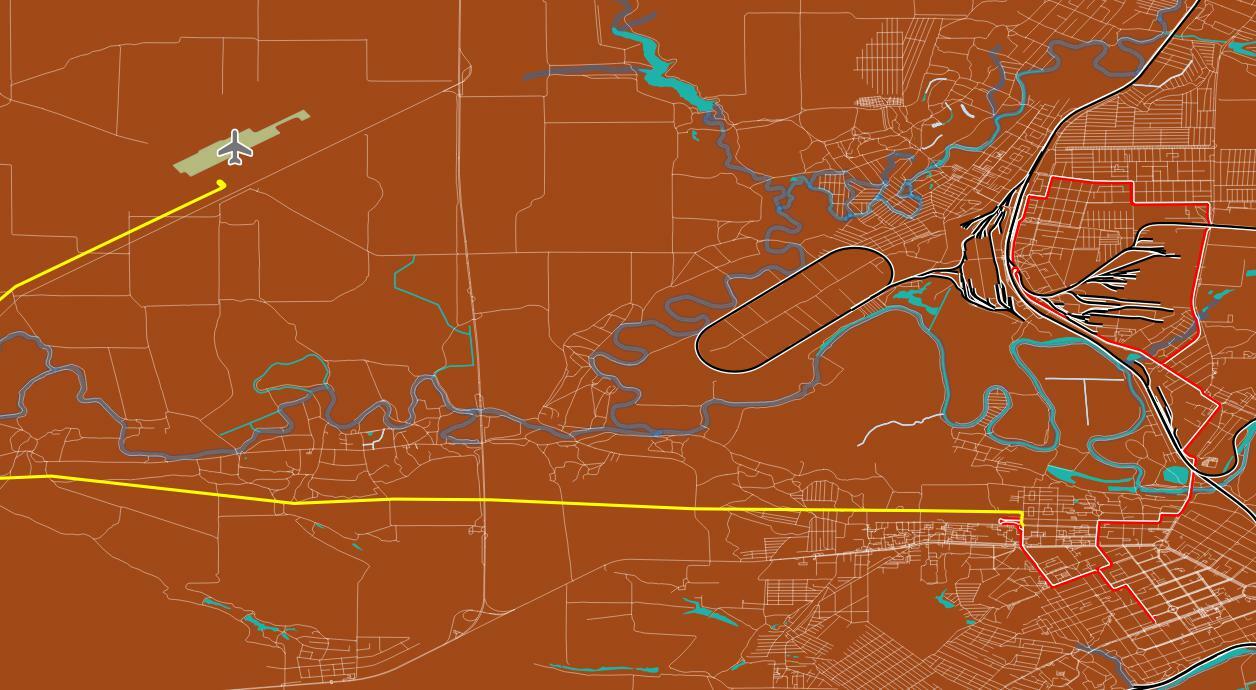
Current situation
Between 2015 and 2020, there was an active debate on the development of public transport in Rostov-on-Don. Some experts tried to promote the idea of metro development. There were various disputes, but it was obvious that the economic situation and the volume of urban traffic will not be able to provide passenger traffic for the metro and tram.
As a result, it was decided that the tram is a more cost-effective system in terms of investment and the resulting effect. In 2021, it was decided to transfer the tram system under a concession agreement. At the end of the year, Sinara won the concession contract.
The presence of a specialized and competent partner in the person of Sinara gives confidence that the project as a whole was calculated correctly and the named cost did not appear arbitrarily. It was preceded by a study of traffic flows in the city, taking into account various previous developments. In any case, now there is a significant difference from previous declarations when the sums of the Rostov metro project were named without specifying the specific companies that would build and operate it. At the moment, the size of the new fleet has already been designated - 98 new three-section trams. It also gives the project a visible shape. The routes are laid in such a way that the tram will provide connectivity between those parts of the city that are now torn apart, for example, between Orbitalnaya and Temernik. The presented scheme makes it possible to expect that the tram will attract a large number of passengers.
The concession is a good mechanism since the tram economy is being transformed into an infrastructure that has one more owner, in addition to the city. This means that the concessionaire, for its own benefit, will first put this infrastructure in proper condition, and then will maintain it. It is not yet entirely clear how the issue of the fare will be resolved after the modernization of the tram network and whether bus traffic will be reduced so that passengers will use the tram more. Based on the experience of Kazan, it can be assumed that such a reduction will occur. After the construction of the metro in Kazan, buses duplicating its route were canceled. Three-section carriages will make the tram the main mode of public transport in the city, while other types will bring passengers to it.
Copyright © I privacy policy
Urban Factory | Powered by MAVEK dizajn